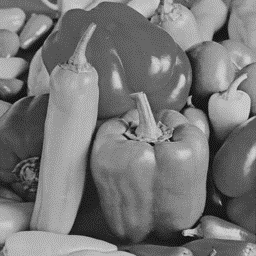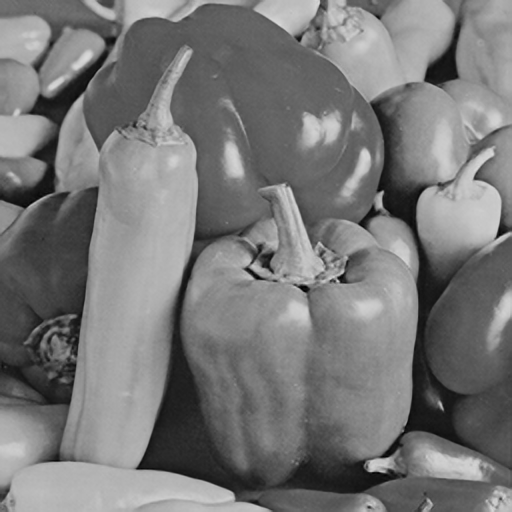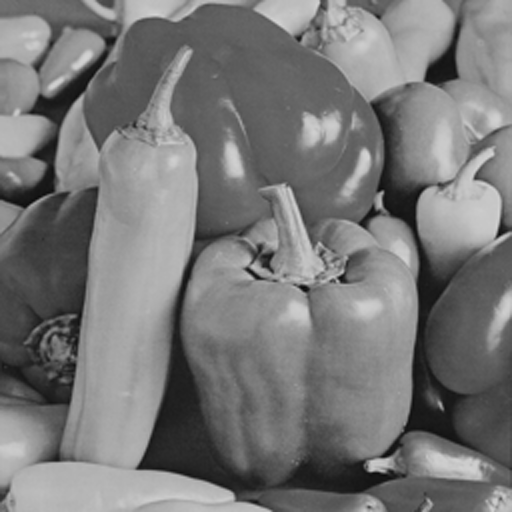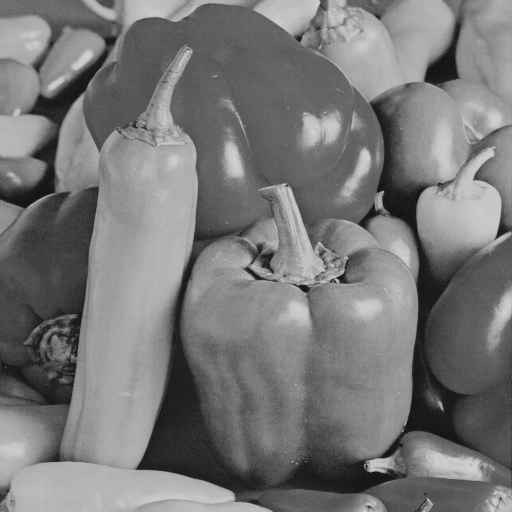Single Image Example-based Super-Resolution
Description
Performs example-based Super-resolution on an image using direct mapping between high and low resolution patches.
Learning is done utilizing a self-example high-resolution, low-resolution coupled dictionary. Self-example means the dictionary is created from sampling patches from the input low resolution image. This approach is based on the observation that similar patches of a natural image occur within the same scale and between different scales.
An affine mapping approach is learned to transform a low resolution patch to its high resolution counterpart. This problem is ill-posed and hence we add a regularization term based on Tikhonov regularization.
We take patches of the image in the wavelet domain to perform training and prediction. We expand the discrete wavelet basis by using a discrete rational wavelet transform. Results suggest that the increased sparsity and the larger basis help to improve the ill-posed nature of the problem.
Super-resolution is performed through gradual upscaling. This method better retains low resolution patch structures and outperforms single step upscaling at higher upscaling rates.
API
gs::superResolution
cv::Mat* gs::superResolution(cv::Mat inputImage, float upscale, int iterations, double lambda, unsigned int patchSize unsigned int patchOverlap, unsigned int neighborhoodSize, double neighborhoodWeight);
gs::superResolution uses example patches from the input low resolution image to perform super-resolution.
Paramaters
cv::Mat inputImage: Input low resolution image.
float upscale: Upscaling factor. Must be greater than 1.
int iterations: Number of upscaling iterations performed. The final product is upscaled by a factor of 'upscale'.
double lambda: Regularization weight.
unsigned int patchSize: Patch size.
unsigned int patchOverlap: Patch overlap.
unsigned int neighborhoodSize: K-nearest neighbors used.
double neighborhoodWeight: K-nearest neighbor scaling factor. Dictionary atoms are scaled based on the atom's distance from a low resolution patch.
gs::superResolutionWavelet
cv::Mat* gs::superResolutionWavelet(cv::Mat inputImage, float upscale, int iterations, double lambda, unsigned int patchSize unsigned int patchOverlap, unsigned int neighborhoodSize, double neighborhoodWeight, int waveletP, int waveletQ);
gs::superResolutionWavelet uses example wavelet patches from the input low resolution image to perform super-resolution.
Paramaters
cv::Mat inputImage: Input low resolution image.
float upscale: Upscaling factor. Must be greater than 1.
int iterations: Number of upscaling iterations performed. The final product is upscaled by a factor of 'upscale'.
double lambda: Regularization weight.
unsigned int patchSize: Patch size.
unsigned int patchOverlap: Patch overlap.
unsigned int neighborhoodSize: K-nearest neighbors used.
double neighborhoodWeight: K-nearest neighbor scaling factor. Dictionary atoms are scaled based on the atom's distance from a low resolution patch.
int waveletP: upsampling wavelet factor.
int waveletQ: downsampling wavelet factor. WaveletQ must be larger than waveletP.
Example
#include "SuperResolution.h"
#define LR_IMAGE_PATH "../images/peppers256.tif"
#define GT_IMAGE_PATH "../images/peppers.png"
int main()
{
cv::Mat imageLR;
cv::Mat imageGT;
/*load the test images*/
cv::Mat imageLR = imread(LR_IMAGE_PATH, CV_LOAD_IMAGE_GRAYSCALE);
imageLR = gs::to32F(imageLR);
imageGT = imread(GT_IMAGE_PATH, CV_LOAD_IMAGE_GRAYSCALE);
imageGT = gs::to32F(imageGT);
/*SR variables*/
float upscale = 2.0;
int iterations = 1;
unsigned int patchSize = 4;
unsigned int patchOverlap = 3;
double lambda = 1e-12;
unsigned int neighborhoodSize = 200;
double neighborhoodWeight = 1.0;
/*Super-resolve the image*/
Mat* imageSR = gs::superResolve(imageLR, upscale, iterations, lambda, patchSize, patchOverlap, neighborhoodSize, neighborhoodWeight);
/*export the report and images*/
gs::exportReport(imageLR, *imageSR, imageGT, upscale, iterations, lambda, patchSize, patchOverlap, neighborhoodSize, neighborhoodWeight);
int waveletP = 7;
int waveletQ = 8;
neighborhoodWeight = 4.0;
/*Super-resolve the image*/
Mat* imageSRWavelet = gs::superResolveWavelet(imageLR, upscale, iterations, lambda, patchSize, patchOverlap, neighborhoodSize, neighborhoodWeight, waveletP, waveletQ);
/*export the report and images*/
gs::exportReportWavelet(imageLR, *s, imageGT, 2, 1, lambda, patchSize, patchOverlap, neighborhoodSize, neighborhoodWeight,waveletP,waveletQ);
}Results
Input Image:

Super-resolved:

Bicubic Interpolation:

Ground Truth:

License
This project is licensed under the terms of the MIT license.
[1] Bevilacqua, Marco, et al. "Single-image super-resolution via linear mapping of interpolated self-examples." IEEE Transactions on Image Processing 23.12 (2014): 5334-5347.